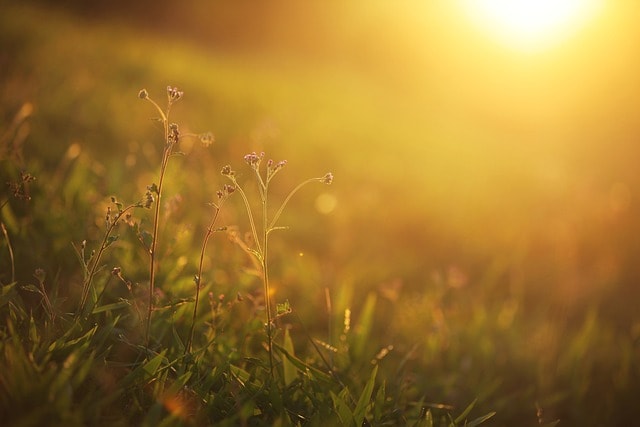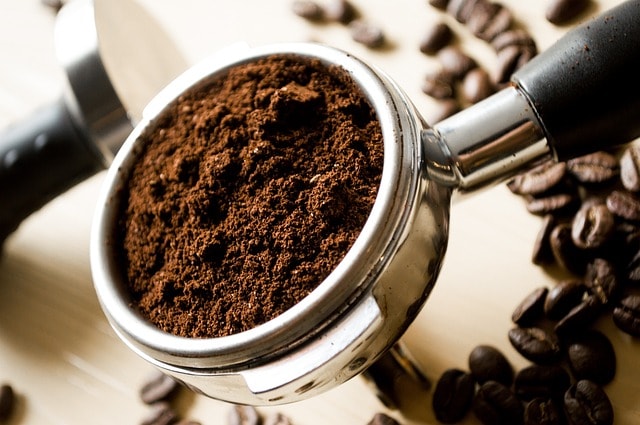
The Key to The Perfect Brew? Mastering the Coffee-to-Water Ratio
Share
Quick Sips
-
The coffee-to-water ratio refers to how much coffee vs how much water goes into a cup. It's crucial because it can make or break a brew, and it varies depending on what beans you have and what method you'll be using.
-
Light roasts don't need lots of water, as you want to highlight their more subtle notes. Darker roasts are generally brewed with higher ratios to mellow out the bitterness. Look here for a light roast, here for a dark roast!
-
A full immersion method is any technique that has you submerging the coffee grounds for a significant period. It includes approaches like the French press or cold brewing.
Understanding Coffee to Water Ratio
This will be a really practical article, so we need some definitions first.
The coffee-to-water ratio is the proportion of coffee grounds to water used in the coffee brewing process. It's crucial because brewing ratios are a significant factor in determining your brew's strength and flavor!
Why? Because if you get the coffee-to-water ratio wrong, you'll be stuck with wasted ground coffee particles and a diluted, watery drink. Or maybe a bitter, undrinkable espresso.
If you look around the internet, you'll be impressed at just how frequently people disagree on brewing methods, how to measure coffee, and how long to let coffee sit before drinking... there's everything from 1:14 to 1:20 coffee-to-water ratios, and it can be hard to find some footing.
To avoid that, the Specialty Coffee Association suggests a standard coffee-to-water ratio of around 1:18, meaning 1 part coffee for every 18 parts water. Their heritage cupping standards specify other interesting things, and you can find them on their website! This is like the golden average of brewing ratios, as it sets a standard starting point that you can then play with to suit your taste.
Choosing the Right Coffee Beans
But before going straight to discussing brewing methods, we should pay attention to the coffee beans you're using. Different coffee beans require different coffee-to-water ratios, as different roasts have different soluble flavors.
Let's generalize and say that roasts are either light or dark. Grind size also determines the best ratio, but we'll forget about that for now.
Light Roasts

Light roasts are denser and often more acidic. These beans often work best when ground finely and steeped in a little less water than normal. Something like a 1:15 water ratio is ideal for this freshly ground coffee.
A lesser-known tip is that you can dissipate much of the acidity in light roasts by making cold brew! You'll get ideal extraction and smoother cups with none of the overcomplicated stuff some methods require.
Dark Roasts

Darkly roasted beans have different optimal ratios because they're less dense and generally more coarsely ground. A lower brew ratio of coffee to water is required here, closer to the 1:18 ideal, as that will help mellow out the strong bitterness many dark roasts bring.
Selecting high-quality beans is also essential! And as we've mentioned in our coffee cupping guide the best thing you can do to ensure you get good coffee is to buy single-origin specialty beans from a reputable vendor.
Brewing Coffee: Methods and Ratios
Every brewing method has an ideal grind size as well as some other fine details:
-
Drip Coffee: the typical ratio when using the drip method is 1:15 to 1:17. Pour-overs allow you to control the flow of water and the extraction process, which is key for making healthy coffee. Of course, you can use an auto drip or any other drip method at your disposal.
-
Espresso: As you probably know, espresso is highly concentrated, dissolving soluble flavors and packing a huge punch. A ratio of 1:2 is commonly used, so if you're asking yourself how much coffee to put in, just use twice the amount of water and you'll have yourself an excellent brew.
-
Moka Pot: This stovetop espresso maker usually uses a ratio of 1:10, but you don't have to be extra precise or use high-tech scales for this. This method helps create a strong, bold coffee that's nonetheless not as strong as a normal espresso.
-
French Press: The French press is a full immersion method — we'll get to those in a second — which means it can rely on a lower brew ratio of 1:12 to 1:15. The longer brew time adds some complementary strength and allows you to extract all the flavors. Get a step by step guide on the mighty French Press here!
-
Cold brew: Cold brew is often a concentrate used to make more coffee later on. As such, you'll need a much tighter ratio, so think along the lines of 1:4 to 1:5 coffee to grams of water.
The Full Immersion Brew Method
This method focuses not on the amount of coffee but on how much water you're submerging it in. It's a broad standard term used to define any coffees made by completely submerging the grounds underwater.
This excludes things like the pour-over, which only steep your grounds for a few moments. Think of techniques like the French press, Aeropress, and cold brewing. Here, the amount of coffee helps balance the amount of water and creates the perfect cup!
So the important factor here is that you'll be using more water per tablespoon of coffee. As we mentioned before, a common ratio for the French press is 1:12, and that only gets you 1 or 2 cups of coffee with a standard press.
With a cold brew, you use a higher coffee-to-water ratio, but you lower the temperature significantly during the steeping. So per 1 gram of coffee, you might be adding 4 grams of water, and letting it steep overnight.
Tips for Better Brewing
Here are some tips for making great coffee at home:
-
Use a scale. Precision is key when brewing coffee, so we always recommend weighing your ground coffee on a scale. A scale ensures consistency in flavor and taste with every cup. Coffee scales often include timers as well, which is amazing for keeping track of your pour-over or immersion method's brew time. Shop here on our site for your next scale!
-
Don't forget about grind size. Grind size affects the extraction rate, so messing with it means you'll have to mess with the amount of coffee, the temperature, and the brew in general, changing the taste. Also, grinding your beans just before making your coffee is your best chance at maintaining freshness.
-
Experiment! Standard ratios are more guidelines than rules. At least for coffee enthusiasts who aren't judging in a competition. Slight adjustments will allow you to get more coffee out of fewer materials, as well as to bring the flavor closer to your personal preference.
Just One More Thing...
The bottom line here is that there's no "best ratio" for coffee and there isn't a single ratio that you should always use. A good standard is 1:18, but different methods require different approaches, and your palate is the only real judge here.
Still, the key part of every cup is the quality of the beans! We thought we'd recommend some roasts for our favorite water ratios/methods just so you don't have to do the work.
-
Espresso (or any concentrated coffee): with its golden crema, our espresso blend is every strong coffee lover's dream. This medium roast strikes a balance between adicity and bitterness, helping you pull the perfect shot every time.
-
Full Immersion Methods: as we mentioned, light roasts are perfect for this, and we thought we'd bring your attention to our Honduras Roast. We'll just say it has notes of juicy mixed berry pie — order a medium grind size and enjoy it with a French press!
-
Pour Over: A darker roast needs a lower water ratio, and we can think of no better candidate than our Peru roast. It's everything that a dark roast should be: smoky, nutty, and subtle. Even a pour-over will yield a cup with a strong body and strong flavor.
